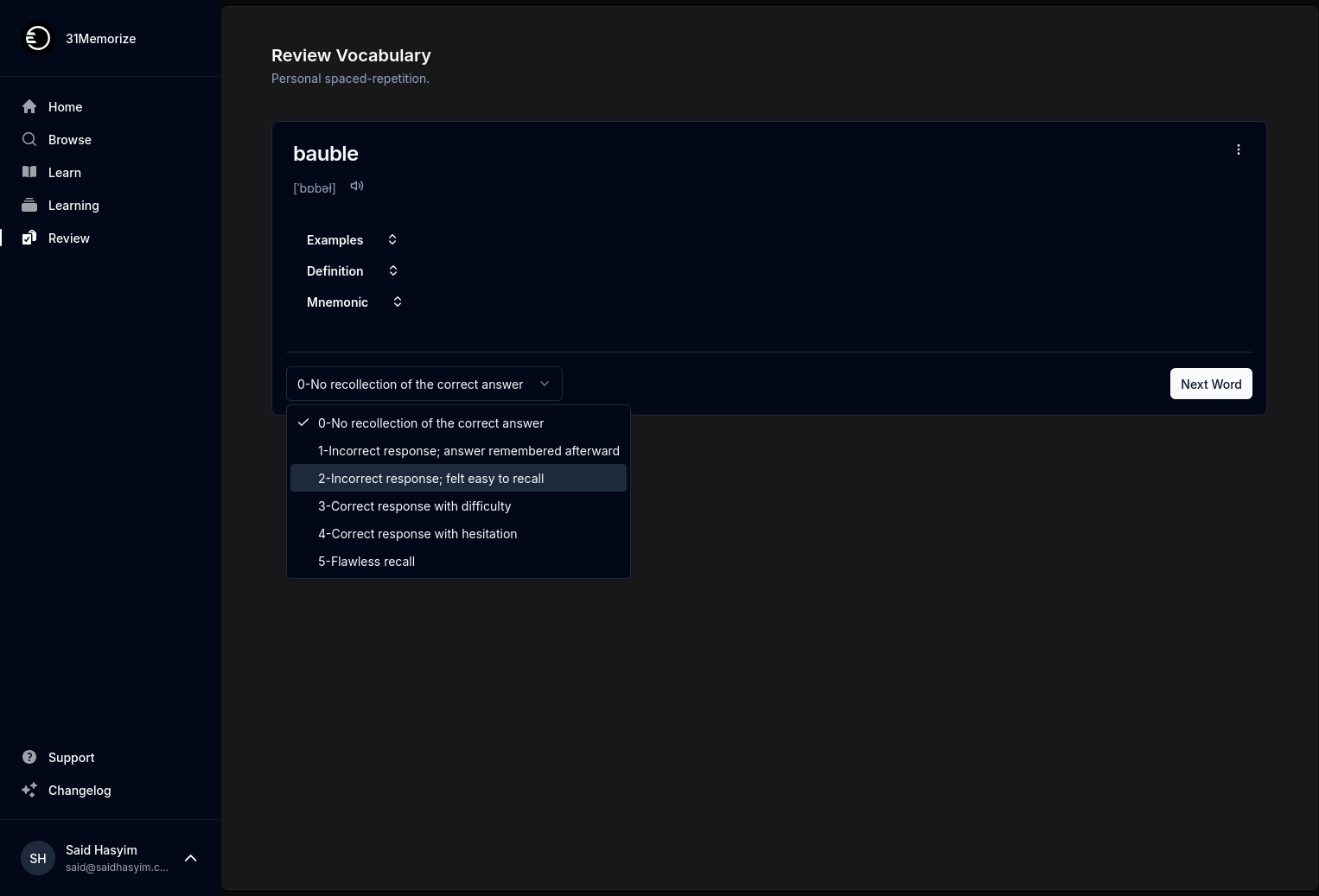Building Reader Connections Through Ratings
In today’s digital landscape, where content is abundant and attention spans are fleeting, creating strong connections between readers and content is more crucial than ever. One effective way to forge these connections is through ratings. Ratings can transform content consumption by providing a framework for feedback, enhancing community engagement, and ultimately leading to richer interactions between readers and writers.
The Power of Ratings
Understanding Reader Preferences
Ratings serve as a reflection of reader preferences. By implementing a rating system, content creators can gain invaluable insights into what resonates with their audience. This feedback loop enables authors to adjust their approach, improve their work, and create content that aligns more closely with reader interests and expectations.
Facilitating Engagement
Ratings foster community engagement. When readers actively participate in rating content, they become part of a larger conversation. Readers who rate are often more likely to leave comments, share content on social media, or engage in discussions with fellow readers. This interaction not only enhances the reading experience but also creates a sense of community among users.
How Ratings Strengthen Connections
Building Trust
Trust is a cornerstone of any relationship—especially between readers and authors. Ratings allow readers to gauge the quality of content before diving in. A high rating can attract new readers, while consistent ratings can establish a track record of reliability for the author. Over time, this builds trust, leading to stronger reader loyalty.
Sparking Conversations
Ratings can be a springboard for deeper conversations. They provide a quantitative assessment that can inspire qualitative discussions. For instance, a reader may rate an article five stars but then dive deeper into a comment about what specifically resonated with them. These discussions can bring diverse viewpoints to the forefront, enriching the reader's experience and enhancing connections among community members.
Encouraging Constructive Feedback
While positive ratings are important, constructive criticism can be equally valuable. Authors can gain insights into areas needing improvement and respond to reader feedback accordingly. This not only shows that the author values reader opinions but also promotes a culture of continuous improvement. When readers see their feedback being taken seriously, their connection to the content and the creator deepens.
Designing an Effective Rating System
To harness the power of ratings effectively, it’s essential to design a system that is user-friendly and encourages participation. Here are some tips for creating an effective rating system:
Simplicity is Key
A straightforward rating system (like a 1 to 5 star scale) is easy for readers to understand and use. Complex systems may lead to confusion and disengagement.Encourage Qualitative Feedback
Alongside a quantitative rating, offering the opportunity to leave comments or explanations can deepen the connection. This gives readers an avenue to express their thoughts in more detail, enriching the community dialogue.Display Ratings Prominently
Ensure that ratings are visible and easy to find. Readers should be able to see ratings at a glance, helping them make informed decisions about what to read.Promote Participation
Encourage readers to participate in the rating process. Reminders within content, as well as incentives for providing ratings (like recognition in a community spotlight), can increase engagement.Respond to Feedback
Show readers that their opinions matter by acknowledging and, where appropriate, acting on their feedback. Author responses to ratings and comments can help cultivate a sense of community.
Transitioning from Ratings to Connections
Once a rating system is established, the next step is to leverage it to foster deeper connections.
Curate Content Based on Ratings
Utilize ratings to curate and promote the best content. Highlighting high-rated pieces can encourage readers to explore new material, and it reinforces the idea that the community collectively decides what’s valuable.
Host Discussions
Create opportunities for readers to join discussions around highly rated content. Webinars, forums, or social media groups can serve as platforms for readers to express their thoughts, ask questions, and share experiences related to specific ratings—transforming mere numbers into rich dialogues.
Use Ratings for Personalized Recommendations
Implementing a system that suggests content based on a reader's rating history can enhance the reading experience significantly. This personal touch can help readers discover new authors or topics that align with their preferences.
Conclusion
In summary, building connections between readers and content through ratings is a multifaceted approach that can have profound effects. Ratings provide insight into reader preferences, cultivate engagement, build trust, and encourage constructive feedback. By implementing a thoughtful rating system and leveraging its power to facilitate dialogue and connection, content creators can enrich the reader experience and cultivate a loyal community.
As content continues to evolve, the emphasis on reader connection will only grow. Embracing a robust rating system offers a path forward, turning consumption into connection and creating a vibrant reading community that thrives on mutual engagement and interaction.
